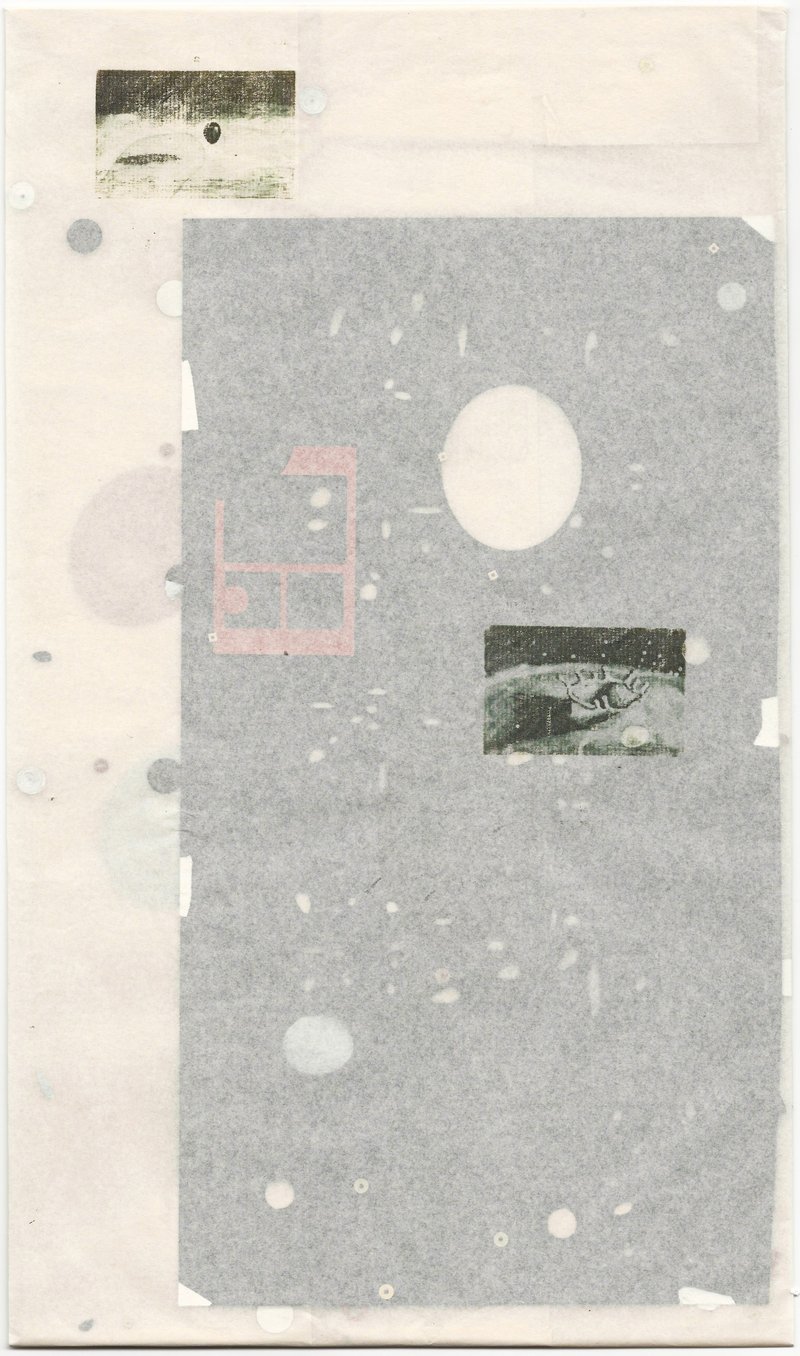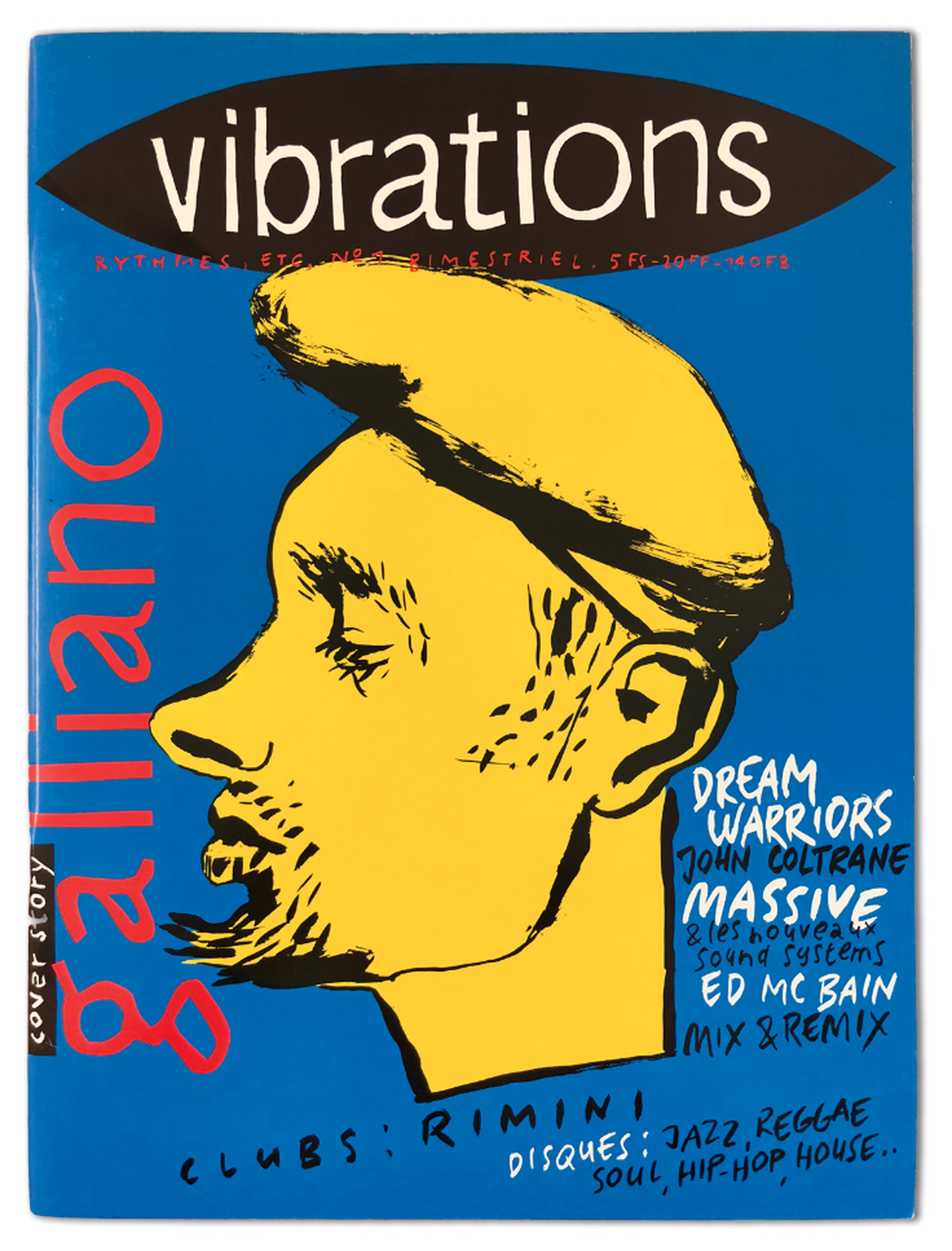
BA FINE ARTS
MA FINE ARTS
MAC MA CI
The Assembly of Writings
with Federico Nicolao
A collective exploration of the new relations between contemporary writing and artistic practice.

Based on archives and experiences associated with Vibrations (1991–2013), this research analyses how the magazine's textual, graphic and photographic content provides insight into the challenges of communicating about popular music today.
Research project (2025) with Joël Vacheron, Angelo Benedetto, Olympe Boutaghane, Francis Baudevin
An idiosyncratic and transversal magazine
Vibrations was a Franco-Swiss magazine devoted to popular music, created in Lausanne in July 1991 by Pierre-Jean Crittin and Elisabeth Stoudmann. Until it ceased publication in 2013, it remained a beautiful object, innovative both in terms of its artistic direction (hand-painted titles, full-page photographs, and illustrations) and its editorial content. Unique in the French-speaking world at the time, the magazine was not limited to a specific style or genre. From the influences of jazz on hip-hop to the transitions from blues and gospel to RnB and the echoes of African traditions in EDM, the editorial line offered retrospectives and reports that provided a framework for understanding the world through its musical cultures.
Cultural (in)visibility and emerging scenes
In the 1990s, it was very rare to see black or non-white bodies in the French-language media, and Vibrations is a unique example of bringing minorities to the spotlight. Full-page portraits and reports from American and French suburbs, the Louisiana bayou and the Sahel gave a voice to artists and communities that were invisible. By focusing on black music, world music and emerging scenes, Vibrations documented the emergence of many trends that dominate the music industry today. This was particularly true of hip-hop, which at the time was largely ignored by the French-language press and music industry. Analysing the magazine's pages offers a rare opportunity to decode the changes in systems of representation linked to racial and sexual identities at the turn of the millennium.
A media ecosystem to explore
Access to the archives — which have been scanned as part of this project — provides an opportunity to examine the evolution of the music publishing industry with the advent of the internet. This research-creation aims to show how Vibrations constitutes a “media ecosystem” connecting Western Switzerland to other music scenes, and how musical tastes are constructed through mediation and collective practices. It revolves around three themes:
a) provide a historical and sociological analysis of the evolution of musical tastes and graphic styles in French-speaking Switzerland between 1990 and 2010;
b) highlight the contributions of Vibrations magazine to French-language (music) media, particularly with regard to the representation of racial and sexual identities;
c) identify the influence of technological changes on the music press with the rise of digital media and the decline of print media.
Joël Vacheron
Angelo Benedetto
Olympe Boutaghane
Elisabeth Stoudmann
Françis Baudevin
CIRCUIT Centre d’art contemporain
01.09.2025-30.08.2026
HES-SO, Réseau de Compétences Design et Arts Visuels RCDAV